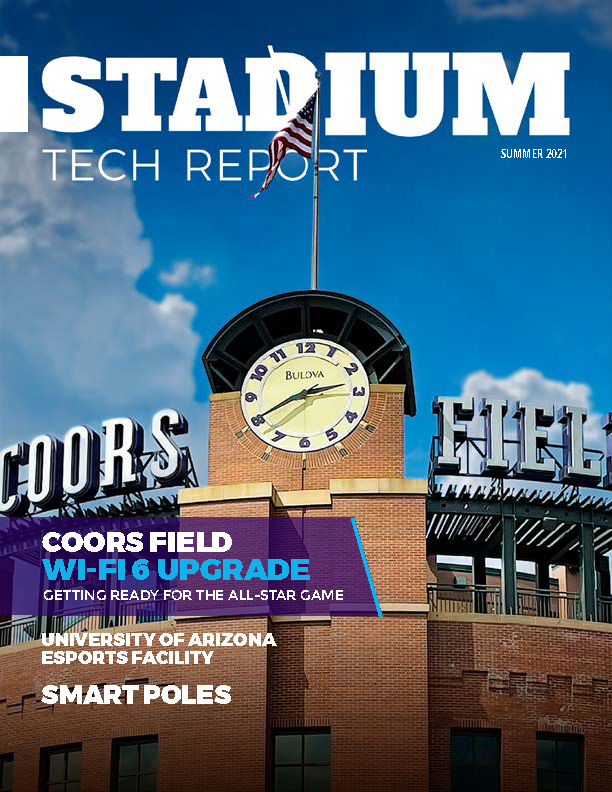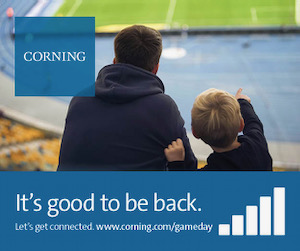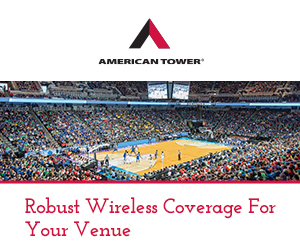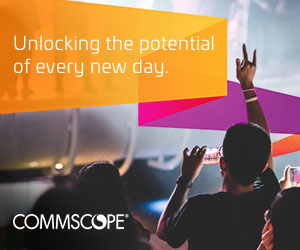We don’t have any definitive viewer numbers, but according to a press release from the USGA, the recent U.S. Open golf tournament in San Francisco attracted a record number of online viewers, especially for live online video and via mobile devices. This is hardly a surprise, since online golf viewership overall has been spiking this year, with no end in sight to the growth curve.
According to the USGA, which pioneered online coverage of golf, overall viewer visits to the U.S. Open website during the week increased 79 percent from the year-before totals, while views of live streaming video increased 210 percent from 2011. Though the USGA hasn’t provided exact numbers on page views and streaming video looks, it’s a good guess that the latter number is somewhere in the one- to two-million range, since approximately a half-million to a million folks will watch online video of a regular PGA event, according to PGA Tour reps. The U.S. Open’s website features were powered technically by IBM, which also helps produce the wonderful online experience for The Masters golf tourney.
The availability of an Android version of the USGA’s U.S. Open app helped spike visits to the mobile version of the Open website — according to the USGA, mobile website views increased 375 percent in 2012, with iPhone app downloads jumping up 44 percent from the previous year. In addition to live video the U.S. Open websites also included a live leaderboard, a photo stream and a unique feature that let you look at an interactive map of the course and see which players were on which hole. The USGA was also extremely active on Twitter, with the official U.S. Open Twitter feed providing constant scoring updates and links to feature coverage.
Even though the U.S. Open live online video wasn’t very comprehensive — on Thursday and Friday the coverage followed one “marquee” group throughout its round, and on the weekend the coverage consisted of only play at two holes — it was extremely well produced, with commentators that were critically judged by many observers to be better than some of the broadcast TV talent. It’s probably a safe guess to say that next year the USGA will continue to expand live online coverage of the U.S. Open, in sync with the expanded live online views coming next season from the PGA Tour for regular events. That’s good news for golf fans, who will apparently be rewarded for finding more ways to watch.














